The Dodge Daytona was a front-wheel drive hatchback based on the Chrysler G platform, which was derived from the Chrysler K platform. The Daytona was produced from 1984 to 1993. The Chrysler Laser was an upscale near twin version of the Daytona. The Daytona was restyled for 1987, and again for 1992. It replaced the Mitsubishi-based Challenger, and slotted between the Charger and the Conquest. The Daytona was replaced by the 1995 Dodge Avenger, which was built by Mitsubishi Motors. The Daytona derives its name mainly from the Dodge Charger Daytona, which itself was named after the Daytona 500 race in Daytona Beach, Florida.
For more information and pictures of the real car please visit: Dodge Daytona
There's a very beaten Laser still driving around here, but aside from that I haven't seen one of these cars in years. This casting was a popular one with Matchbox in the mid 1980s and this is far from my only example of the casting.
The Chrysler Laser was Chrysler's attempt at creating a sporty car to expand their upscale brand lineup. The Laser was a virtual clone of the Dodge Daytona, but came only in the upscale trim version. It was produced from 1984 to 1986. The only differences were limited to cosmetics, such as spoilers, side skirts and air dams, and the use of a digital instrument cluster in the XE trim. The 1984 Laser was available in two trim lines: standard and XE. In mid-1985, the XT trim was added as the top-of-the-line version. The standard, XE and XT trim lines would continue until the Laser’s demise in mid-1986. After 1986, the Daytona was exported to Canada as the Chrysler Daytona, officially ending Canadian Daytona sales under the Dodge marque. The turbo version of the Laser could be recognized by its use of black hood louvers. The 2.2 L Turbo I engine was available as standard equipment in the XE and XT trim lines and optional on the standard model. The Laser was intended to replace the Chrysler Conquest, a rear wheel drive vehicle which competed directly against the Toyota Celica Supra. The Laser name was silently terminated after the first half of 1986 model year, then resurrected for the 1989/1990 model year with as the Plymouth Laser, built by Diamond Star Motors, a joint venture between Chrysler and Mitsubishi. The rebranded Laser shared its chassis with the Eagle Talon and Mitsubishi Eclipse.
In 1987, the Chrysler LeBaron was restyled as a more proper sports car, removing Chrysler's need for the Laser. However, the Laser’s luxury performance image would be carried over into the 1987 Dodge Daytona Pacifica as well as the Lancer Pacifica and other Dodge vehicles styled by Chrysler's Pacifica Studios.
The Laser was specified to have an estimated 22 mpg-US (11 L/100 km; 26 mpg-imp) city/35 mpg-US (6.7 L/100 km; 42 mpg-imp) highway fuel mileage. Chrysler offered a 5 year or 50,000-mile (80,000 km) warranty, or a Protection Plan with outer body rust-through protection, based on United States Automobile Club tests. Mark Cross leather seats and a six-way power options were available as options.

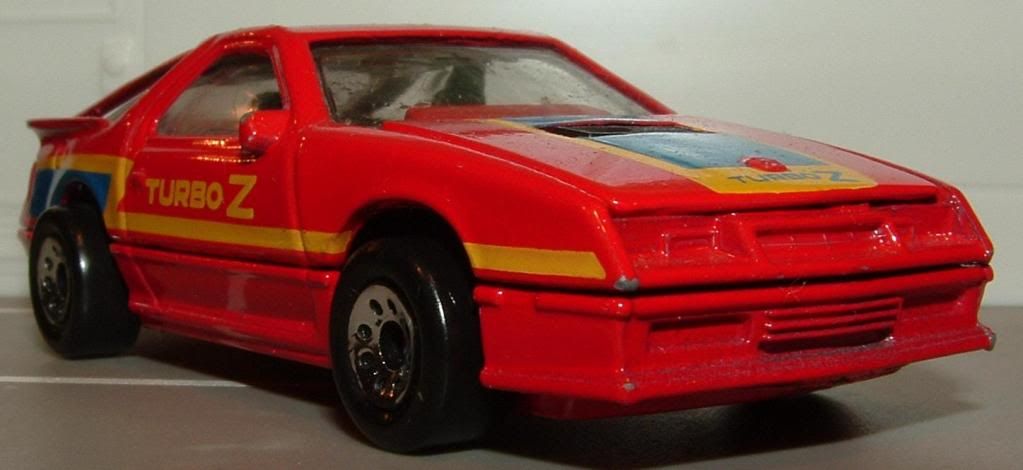
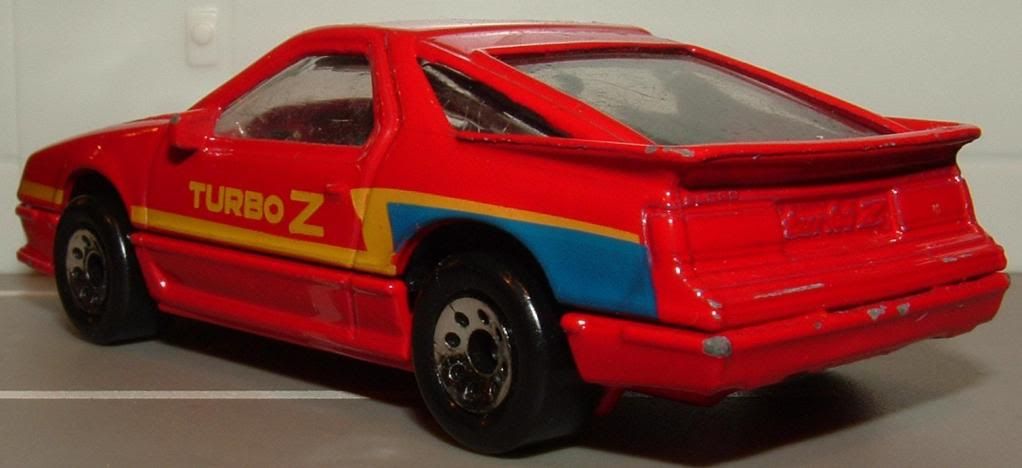
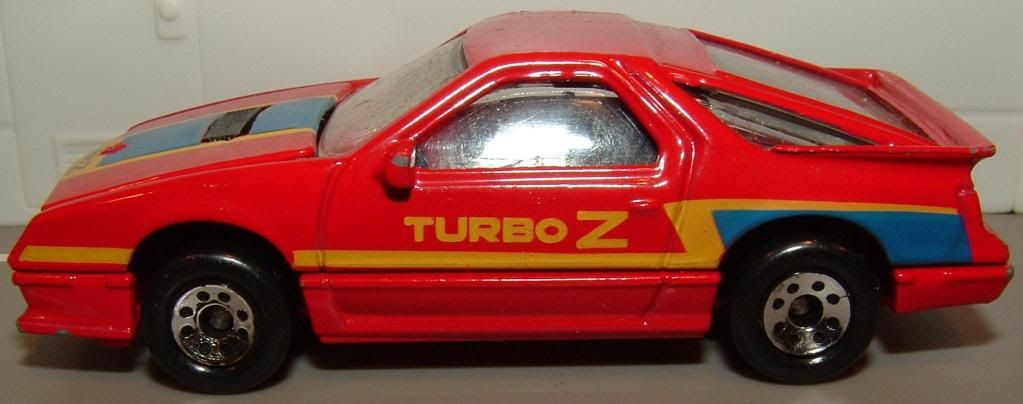
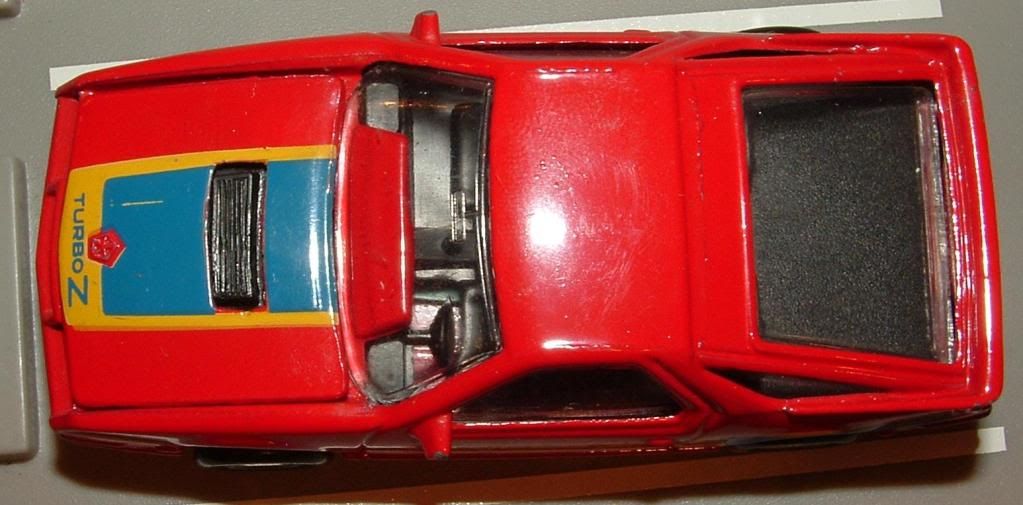
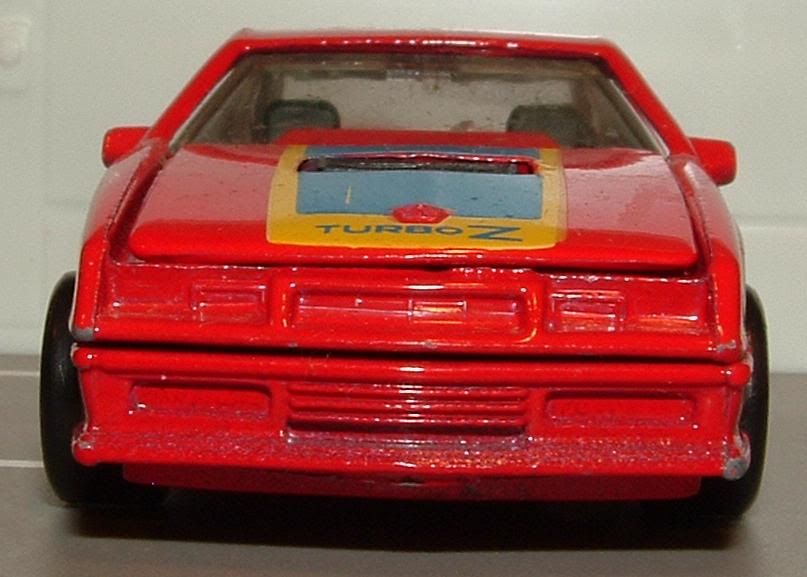

No comments:
Post a Comment